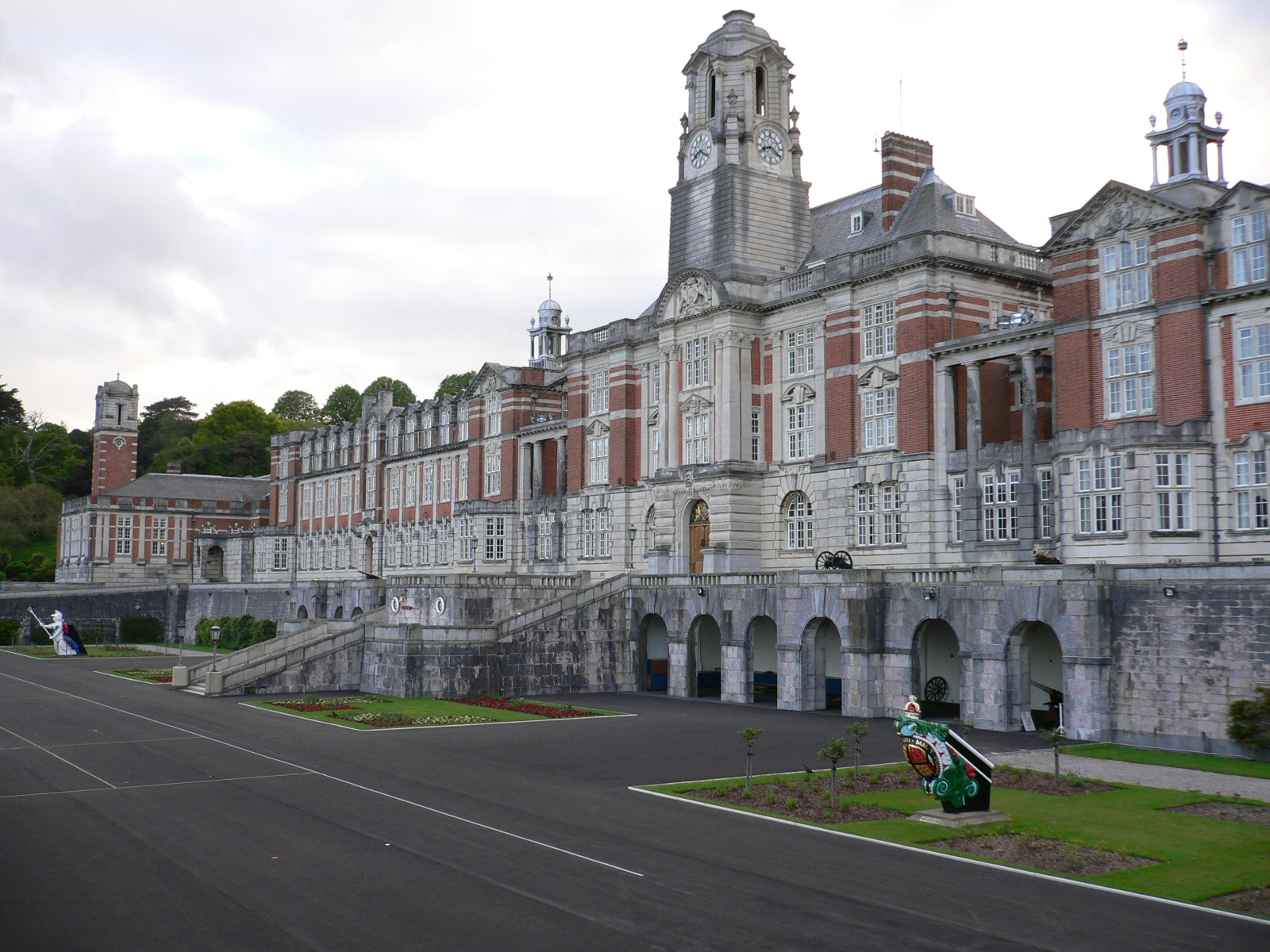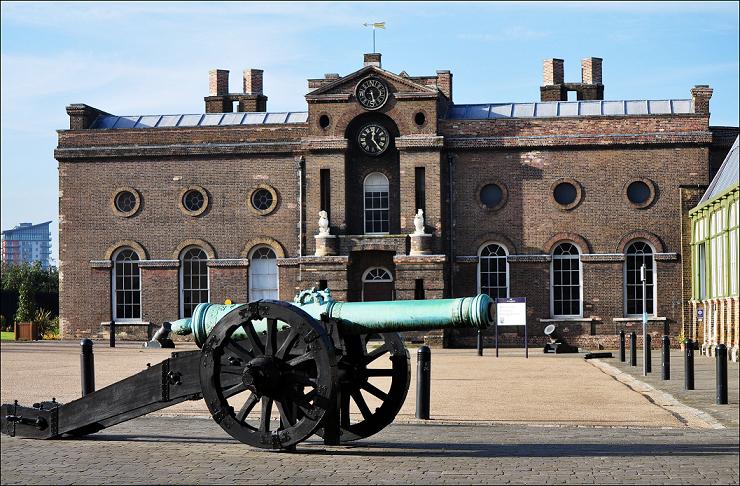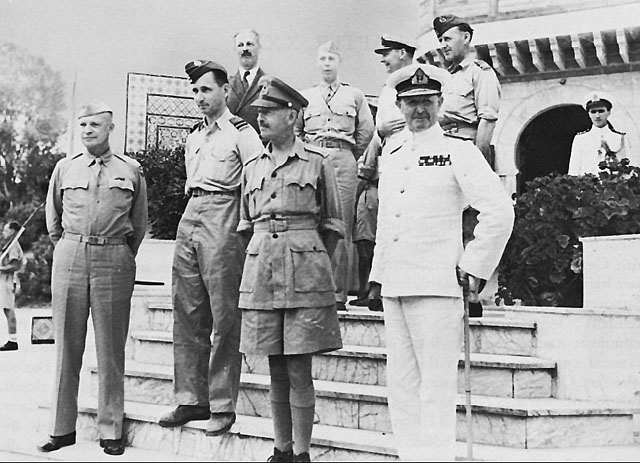|
Sidney Kirkman
General (United Kingdom), General Sir Sidney Chevalier Kirkman, (29 July 1895 – 29 October 1982) was a British Army officer, who served in both the First World War and Second World War. During the latter he commanded the artillery of the Eighth Army (United Kingdom), Eighth Army during the Second Battle of El Alamein, following which he commanded the 50th (Northumbrian) Infantry Division, 50th Division during the Allied invasion of Sicily and XIII Corps (United Kingdom), XIII Corps throughout most of the Italian Campaign (World War II), Italian Campaign. He later became Director General of Civil Defence in the Civil Defence Department from 1954 to 1960. Early life and First World War Born in Bedford, Bedfordshire on 29 July 1895, the son of Judge John P. Kirkman and the eldest of two sons, Sidney Kirkman was educated at Bedford School, and later at the Royal Military Academy, Woolwich. [...More Info...] [...Related Items...] OR: [Wikipedia] [Google] [Baidu] |
Bedford
Bedford is a market town in Bedfordshire, England. At the 2011 Census, the population was 106,940. Bedford is the county town of Bedfordshire and seat of the Borough of Bedford local government district. Bedford was founded at a ford (crossing), ford on the River Great Ouse and is thought to have been the burial place of King Offa of Mercia, who is remembered for building Offa's Dyke on the Welsh border. Bedford Castle was built by Henry I of England, Henry I, although it was destroyed in 1224. Bedford was granted borough status in 1166 and has been represented in Parliament since 1265. It is known for its large Italians in the United Kingdom, population of Italian descent. History The name of the town is believed to derive from the name of a Saxon chief called Beda, and a Ford (crossing), ford crossing the River Great Ouse. Bedford was a market town for the surrounding agricultural region from the early Middle Ages. The Anglo-Saxon King Offa of Mercia was buried in the town ... [...More Info...] [...Related Items...] OR: [Wikipedia] [Google] [Baidu] |
Mentioned In Despatches
To be mentioned in dispatches (or despatches) describes a member of the armed forces whose name appears in an official report written by a superior officer and sent to the high command, in which their gallant or meritorious action in the face of the enemy is described. In some countries, a service member's name must be mentioned in dispatches as a condition for receiving certain decorations. Being mentioned in dispatches entitles a recipient to wear a small metallic device, but does not include an entitlement to post-nominals. United Kingdom, British Empire and Commonwealth of Nations United Kingdom Servicemen and women of the United Kingdom or the Commonwealth who are mentioned in despatches are not awarded a medal for their actions, but receive a certificate and wear an oak leaf device on the ribbon of the appropriate campaign medal. A smaller version of the oak leaf device is attached to the ribbon when worn alone. Prior to 2014, only one device could be worn on a ribb ... [...More Info...] [...Related Items...] OR: [Wikipedia] [Google] [Baidu] |
Western Front (World War I)
The Western Front was one of the main Theatre (warfare), theatres of war during World War I. Following the outbreak of war in August 1914, the Imperial German Army, German Army opened the Western Front by German invasion of Belgium (1914), invading Luxembourg and Belgium, then gaining military control of important industrial regions in Third Republic of France, France. The German advance was halted with the First Battle of the Marne, Battle of the Marne. Following the Race to the Sea, both sides dug in along a meandering line of fortified trench warfare, trenches, stretching from the North Sea to the Swiss frontier with France, the position of which changed little except during early 1917 and again in 1918. Between 1915 and 1917 there were several offensives along this Front (military), front. The attacks employed massive artillery bombardments and massed infantry advances. Entrenchments, machine gun emplacements, barbed wire, and artillery repeatedly inflicted severe casualties ... [...More Info...] [...Related Items...] OR: [Wikipedia] [Google] [Baidu] |
Royal Field Artillery
The Royal Field Artillery (RFA) of the British Army provided close artillery support for the infantry. It was created as a distinct arm of the Royal Regiment of Artillery on 1 July 1899, serving alongside the other two arms of the regiment, the Royal Horse Artillery (RHA) and the Royal Garrison Artillery (RGA). It ceased to exist when it was amalgamated with the Royal Garrison Artillery in 1924. The Royal Field Artillery was the largest arm of the artillery. It was responsible for the medium calibre guns and howitzers deployed close to the front line and was reasonably mobile. It was organised into brigades, attached to divisions or higher formation The Royal Field Artillery grew dramatically during the First World War, reaching a size of over three hundred thousand men and more than 400 batteries by 1917. Notable members * Ernest Wright Alexander, Victoria Cross recipient * Tom Barry, served in Mesopotamian campaign * Ralph Chetwynd (1890-1957), Canadian businessman and politi ... [...More Info...] [...Related Items...] OR: [Wikipedia] [Google] [Baidu] |
Officer (armed Forces)
An officer is a person who holds a position of authority as a member of an Military, armed force or Uniformed services, uniformed service. Broadly speaking, "officer" means a commissioned officer, a non-commissioned officer (NCO), or a warrant officer. However, absent contextual qualification, the term typically refers only to a force's ''commissioned officers'', the more senior members who derive their authority from a Commission (document), commission from the head of state. Numbers The proportion of officers varies greatly. Commissioned officers typically make up between an eighth and a fifth of modern armed forces personnel. In 2013, officers were the senior 17% of the British armed forces, and the senior 13.7% of the French armed forces. In 2012, officers made up about 18% of the German armed forces, and about 17.2% of the United States armed forces. Historically armed forces have generally had much lower proportions of officers. During the First World War, fewer than ... [...More Info...] [...Related Items...] OR: [Wikipedia] [Google] [Baidu] |
Passing Out (military)
Passing out is the official graduation ceremony following the completion of a course by military or other uniformed service personnel at their respective training school, college, or military academy, largely in Commonwealth of Nations, Commonwealth nations. Soldiers, sailors, or airmen take part in a passing out military parade upon completion of a basic training course. The military parade during the 'passing out' ceremony may also consist of military bands, and other displays of synchronisation discipline such as a flypast, which may also include aerobatics. Name The parade may also be referred to as a 'Marching out' parade, as it is at the Army Recruit Training Centre at Kapooka in Australia. It is also known as 'Pass off' parade, as in the case of the Royal Army Physical Training Corps and Passing out 'Ceremony' in the case of Warsash Maritime School, Warsash Maritime Academy of the Merchant Navy (United Kingdom), British Merchant Navy. It is also known as 'Sovereign's ... [...More Info...] [...Related Items...] OR: [Wikipedia] [Google] [Baidu] |
Royal Military Academy, Woolwich
The Royal Military Academy (RMA) at Woolwich, in south-east London, was a British Army military academy for the training of Officer (armed forces), commissioned officers of the Royal Artillery and Royal Engineers. It later also trained officers of the Royal Corps of Signals and other technical corps. RMA Woolwich was commonly known as "The Shop" because its first building was a converted workshop of the Royal Arsenal, Woolwich Arsenal. History Origins in the Royal Arsenal An attempt had been made by the Board of Ordnance in 1720 to set up an academy within its Arsenal (then known as the Warren) to provide training and education for prospective officers of its new Royal Regiment of Artillery, Regiment of Artillery and Corps of Royal Engineers, Corps of Engineers (both of which had been established there in 1716). A new building was being constructed in readiness for the Academy and funds had been secured, seemingly, through investment in the South Sea Company; but the latter's col ... [...More Info...] [...Related Items...] OR: [Wikipedia] [Google] [Baidu] |
Bedford School
Bedford School is a 7–18 Single-sex education, boys Public school (United Kingdom), public school in the county town of Bedford in England. Founded in 1552, it is the oldest of four independent schools in Bedford run by the Harpur Trust. Bedford School is one of the oldest boys' schools in the United Kingdom, and was the winner of the Independent Boys School of the Year Award at the Independent Schools of the Year Awards in 2021. Bedford School is composed of the Preparatory school (United Kingdom), Preparatory School (ages 7 to 13) and the Upper School (ages 13 to 18). There are around 1,100 pupils, of whom approximately one half are boarding school, boarders. In 2014, James Hodgson (cricketer, born 1969), James Hodgson succeeded John Moule as headmaster after Moule moved on to Radley College. History Background Although no large scale educational institution had existed in Bedford before the foundation of Bedford School, the Collegiate church, collegiate St Paul's Churc ... [...More Info...] [...Related Items...] OR: [Wikipedia] [Google] [Baidu] |
Civil Defence Department
From 1935 to 1971 civil defence in the United Kingdom was the responsibility of the Civil Defence Department and resulted in the establishment during 1957 of the United Kingdom Warning and Monitoring Organisation. On the run-down of civil defence in 1971 the department was replaced by the Home Defence and Emergency Services Division of the Home Office. The senior official of the department was the Director-General of Civil Defence, also known as the Inspector-General. Senior officials: Director-General of Civil Defence *General Sir Sidney Kirkman, GCB KBE MC 1954-1960 Director-General of Civil Defence Training *Wing Commander Sir John Hodsoll, CB 1948-1954 Inspector-General of Civil Defence *Air Chief Marshal Sir Walter Merton, GBE KCB 1964-1968 *Lieutenant-General Lieutenant general (Lt Gen, LTG and similar) is a military rank used in many countries. The rank traces its origins to the Middle Ages, where the title of lieutenant general was held by the second-i ... [...More Info...] [...Related Items...] OR: [Wikipedia] [Google] [Baidu] |
Allied Invasion Of Sicily
The Allied invasion of Sicily, also known as the Battle of Sicily and Operation Husky, was a major campaign of World War II in which the Allies of World War II, Allied forces invaded the island of Sicily in July 1943 and took it from the Axis powers, Axis forces (Kingdom of Italy and Nazi Germany). It began with a large Amphibious warfare, amphibious and airborne forces, airborne Military operation, operation, followed by a six-week land campaign, and initiated the Italian campaign (World War II), Italian campaign. To divert some of the Axis forces to other areas, the Allies engaged in several deception operations, the most famous and successful of which was Operation Mincemeat. Husky began on the night of 9–10 July 1943 and ended on 17 August. Strategically, Husky achieved the goals set out for it by Allied planners: the Allies drove Axis air, land and naval forces from the island, and the Mediterranean Sea, Mediterranean sea lanes were opened for Allied merchant ships for th ... [...More Info...] [...Related Items...] OR: [Wikipedia] [Google] [Baidu] |






